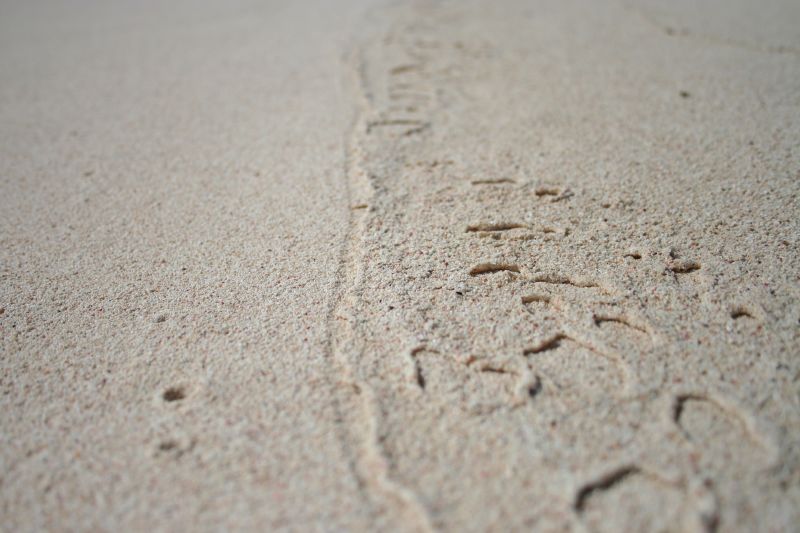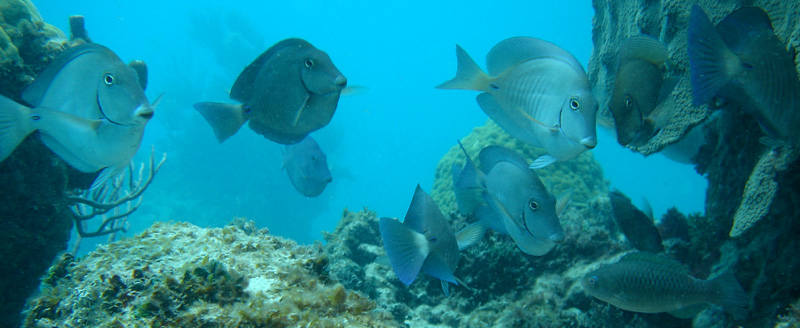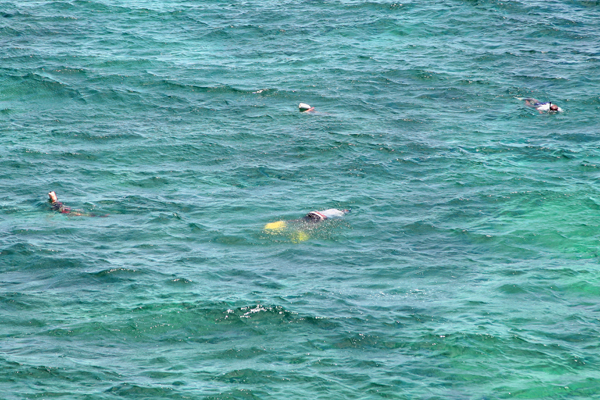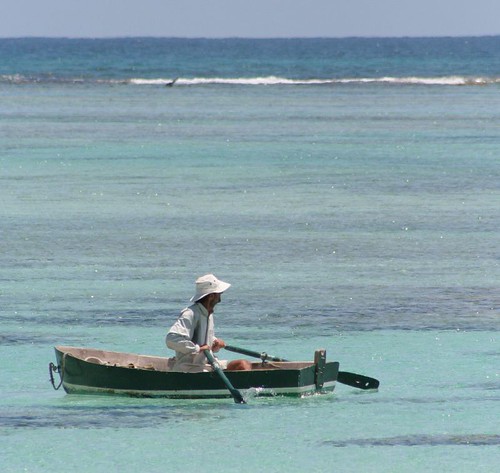
Now i am going to try to write this blog without getting too heated and upset. Already the headline, of this blog will raise blood pressure and upset some, but after you read this blog, the other one i wrote last week, and the next one i write, you may understand why i feel the way i do. The UPP leaders have way more to do.
 This notion is based simply on ignorance unfortunately and has lead to the endemic problem of complacency. Old Pappa Bird "the father of the nation" ingrained into people's minds that tourists had to come here because we had the best beaches and the only proper airport. Both now have turned out not to be true. He would never have believed that St. Lucia would be a tourism powerhouse when all they had when VC Bird was in power was farming. The fact of the matter is that our not only has our ALP and UPP governments not put money back into beaches, but they have allowed the same beaches to degenerate.
This notion is based simply on ignorance unfortunately and has lead to the endemic problem of complacency. Old Pappa Bird "the father of the nation" ingrained into people's minds that tourists had to come here because we had the best beaches and the only proper airport. Both now have turned out not to be true. He would never have believed that St. Lucia would be a tourism powerhouse when all they had when VC Bird was in power was farming. The fact of the matter is that our not only has our ALP and UPP governments not put money back into beaches, but they have allowed the same beaches to degenerate.
 Stone jetties are constantly being pushed out into the water without the Government here stopping them. Just this past week, there was a huge one pushed out at the Blue Waters and Crosbies junction. This had no government permission. The silt that comes off those jetties is another problem which is related to the next beach killer.
Stone jetties are constantly being pushed out into the water without the Government here stopping them. Just this past week, there was a huge one pushed out at the Blue Waters and Crosbies junction. This had no government permission. The silt that comes off those jetties is another problem which is related to the next beach killer.

![]() Populations of parrot fish have declined so much in my lifetime that i think some species have actually been made functionally extinct here. Other species are actively targeted by spear fishermen but are also killed in large numbers in fish traps and nets. Without hard core protection of parrot fish and other herbivore fish, our reefs can not be healthy and therefore our beaches can not be healthy. I could rant about the reefs and did just last week. Click on the spear fishermen below to get more stories on how they are wiping out parrot fish. These guys had about 150 parrot reef fish between the three of them (third guy is out the picture).
Populations of parrot fish have declined so much in my lifetime that i think some species have actually been made functionally extinct here. Other species are actively targeted by spear fishermen but are also killed in large numbers in fish traps and nets. Without hard core protection of parrot fish and other herbivore fish, our reefs can not be healthy and therefore our beaches can not be healthy. I could rant about the reefs and did just last week. Click on the spear fishermen below to get more stories on how they are wiping out parrot fish. These guys had about 150 parrot reef fish between the three of them (third guy is out the picture).
 IT is horrible what has happened to them over the past 20 years because of our leader's negligence. Anyway, let me move on to another problem the beaches face.
IT is horrible what has happened to them over the past 20 years because of our leader's negligence. Anyway, let me move on to another problem the beaches face.

 The healthy reef grows up protecting the beaches by blocking too much wave action and by adding more sand to the area in the process i explained earlier. The photo below shows a protected area with the barrier reef outside. The beach nearby has seen erosion recently as the level of the barrier reef dropped after being hit by hurricanes. Japan is actually growing coral in order to protect a small group of islands it owns. We don't even protect the coral here.
The healthy reef grows up protecting the beaches by blocking too much wave action and by adding more sand to the area in the process i explained earlier. The photo below shows a protected area with the barrier reef outside. The beach nearby has seen erosion recently as the level of the barrier reef dropped after being hit by hurricanes. Japan is actually growing coral in order to protect a small group of islands it owns. We don't even protect the coral here.
Long before i started my little Eco Tour i have felt that one of the most important areas to protect are our beaches. After all without any "parent" country subsidising our existence as many of the other islands across the Caribbean have, our one true resource which we have dominion over is our beaches. Roddy Grimes-Graeme, owner of acquafilms and my good friend, commented after reading one of my blog entries, that we in Antigua and Barbuda exist in a "tropical beach economy". Our GDP is almost all based on tourism and our type of tourism relies mostly on white sandy beaches. Antigua was made famous in the early years of tourism because of our wide and long sandy beaches. Most people still have that perception which is great. Of course there are many other islands nearby which have lovely beaches, some nicer than our own. Don't dare tell an Antiguan that there is a nicer beach in St. Martin, Virgin Gorda, St. Barts or Anguilla...... People here who haven't travelled around the Caribbean think that not only are our beaches super healthy, but that they are far far superior than any others anywhere in the Caribbean.
 This notion is based simply on ignorance unfortunately and has lead to the endemic problem of complacency. Old Pappa Bird "the father of the nation" ingrained into people's minds that tourists had to come here because we had the best beaches and the only proper airport. Both now have turned out not to be true. He would never have believed that St. Lucia would be a tourism powerhouse when all they had when VC Bird was in power was farming. The fact of the matter is that our not only has our ALP and UPP governments not put money back into beaches, but they have allowed the same beaches to degenerate.
This notion is based simply on ignorance unfortunately and has lead to the endemic problem of complacency. Old Pappa Bird "the father of the nation" ingrained into people's minds that tourists had to come here because we had the best beaches and the only proper airport. Both now have turned out not to be true. He would never have believed that St. Lucia would be a tourism powerhouse when all they had when VC Bird was in power was farming. The fact of the matter is that our not only has our ALP and UPP governments not put money back into beaches, but they have allowed the same beaches to degenerate.
I guess i should point out several ways that beaches can be destroyed. All of these are happening in Antigua and Barbuda.
1. The easiest was to kill a beach is to take sand from it. This happens daily in Antigua in many ways from the common man taking a bucket of sand to use at home when mixing a little cement, to heavy mining with backhoes and trucks. River sand is readily available from several areas in the Caribbean basin, but we here still use beautiful white sand when mixing cement. Crazy but true. There was a time when anguilla used its sand in the same way. They now like islands from Puerto Rico to Barbados buy sand form time to time from Barbuda.
2. A less obvious beach killer which is incredibly common in Antigua is the construction of groins or stone jetties. Sometime in the 50s the US Naval Base built a stone jetty on the North side of Dutchmans Bay in Coolidge. Shortly afterwards my grandfather built one at the other end of the bay to give more protection for his little boat. Immediately the flow of water in the bay changed and sand from the middle started migrating to the bases of the jetties making the water more shallow. We have a video of my father, probably about 12 years old diving off a rock into deep water before the jetty was built. That rock is now high and dry and there is no deep water at all near the jetty. The middle of the bay lost so much sand that trees began to fall in even before we had the first big hurricane since the jetties were built. The hurricanes of the 90s did plenty of damage to the middle of the beach and also managed to erode the little stone jetties. Since then the sand stopped migrating as much and there seemed to be a stop of erosion from the middle until a few weeks ago when Jeff Hadeed a new property owner there decided to make it bigger by digging up the seabed nearby and using the dredge material to strengthen it. You can see the silting nearby too.
 Stone jetties are constantly being pushed out into the water without the Government here stopping them. Just this past week, there was a huge one pushed out at the Blue Waters and Crosbies junction. This had no government permission. The silt that comes off those jetties is another problem which is related to the next beach killer.
Stone jetties are constantly being pushed out into the water without the Government here stopping them. Just this past week, there was a huge one pushed out at the Blue Waters and Crosbies junction. This had no government permission. The silt that comes off those jetties is another problem which is related to the next beach killer.
3. Healthy reef systems are an essential part of a healthy beach. Without a good reef and its fish beaches do not get replenished. Antigua and Barbuda have one of the largest continental shelves in the Caribbean and herbivore fish like parrot fish (locally known as chub fish) graze all over the shallow shelves chewing bits of coral to remove algae. Algae are parrot fishes main diet and it is this same algae which if allowed to grow freely, will kill coral by taking it over. For a huge number of reasons Antigua and Barbuda has faced and is facing a mass death of its coral reefs. There are many man made factors which have lead to our reefs being wiped out and there is no reef protection at all as far as i am concerned. None at all. OK let me settle down before i get too upset..............deep breaths..........ok where were we? oh ya the relationship between reefs and beaches. OK so with a healthy reef there are a great many fish all living in a symbiotic relationship with the reef. They feed on the algae cleaning the reef keeping it alive. There are many other relationships in the reef which mankind has disturbed, but the most important relationship for this blog is the one between the parrot fishes and the reef. A healthy large adult parrot fish can make about 900 kilos (nearly 2000 lbs) of sand a year. This sand is excreted after the chewed up coral and algae mix has been consumed by the fish. Parrot fish are one of the most popular fish eaten by local antiguans since the red snapper have almost been decimated. Another commonly eaten fish doing the same job as parrots are surgeon fish seen here. Anyone who keeps fish traps or nets will catch these and "chub" fish. Here is a cool video about parrot fish.

 IT is horrible what has happened to them over the past 20 years because of our leader's negligence. Anyway, let me move on to another problem the beaches face.
IT is horrible what has happened to them over the past 20 years because of our leader's negligence. Anyway, let me move on to another problem the beaches face.
4. Dredging is a Major problem in Antigua for a number of reasons which the governments have a hard time seeing. The most simple problem is that if you dig a big hole on the seabed..... it will get filled eventually by silt and or sand from somewhere else. Seems logical doesn't it? Apart from that the silting that dredging does kills corals. This has been studied to death and is not a big secret. Another problem with dredging is that certain algae which live on the shallow seabed have limestone skeletons which appear as sand when the plant dies. There are some beaches in the North Sound which rely heavily on this type of sand. There are also urchins which have similar skeletons making up some small percentage of sand too. The relationships are there and are all related to the health of beaches.

5. Beaches get eroded when the sea level at the beach rises and or when there is more wave action. The sea level is rising due to the polar ice melting. This can not be argued with either, so when our coral barrier reefs get damaged in storms and subsequent mismanagement we will have way more wave action on the beaches...
 The healthy reef grows up protecting the beaches by blocking too much wave action and by adding more sand to the area in the process i explained earlier. The photo below shows a protected area with the barrier reef outside. The beach nearby has seen erosion recently as the level of the barrier reef dropped after being hit by hurricanes. Japan is actually growing coral in order to protect a small group of islands it owns. We don't even protect the coral here.
The healthy reef grows up protecting the beaches by blocking too much wave action and by adding more sand to the area in the process i explained earlier. The photo below shows a protected area with the barrier reef outside. The beach nearby has seen erosion recently as the level of the barrier reef dropped after being hit by hurricanes. Japan is actually growing coral in order to protect a small group of islands it owns. We don't even protect the coral here.
All in all, there are many obvious ways that a proactive government approach will help protect beaches. Recently the ministry of environment along with the planning commission have has taken steps to stop a few projects which have done naughty things, but there needs to be more cooperation between all the areas in government when beaches come into play. Take this crazy situation that happened this month: Actually, this blog is too long so i will speak about the insane situation tomorrow. for now here is the photo. 
